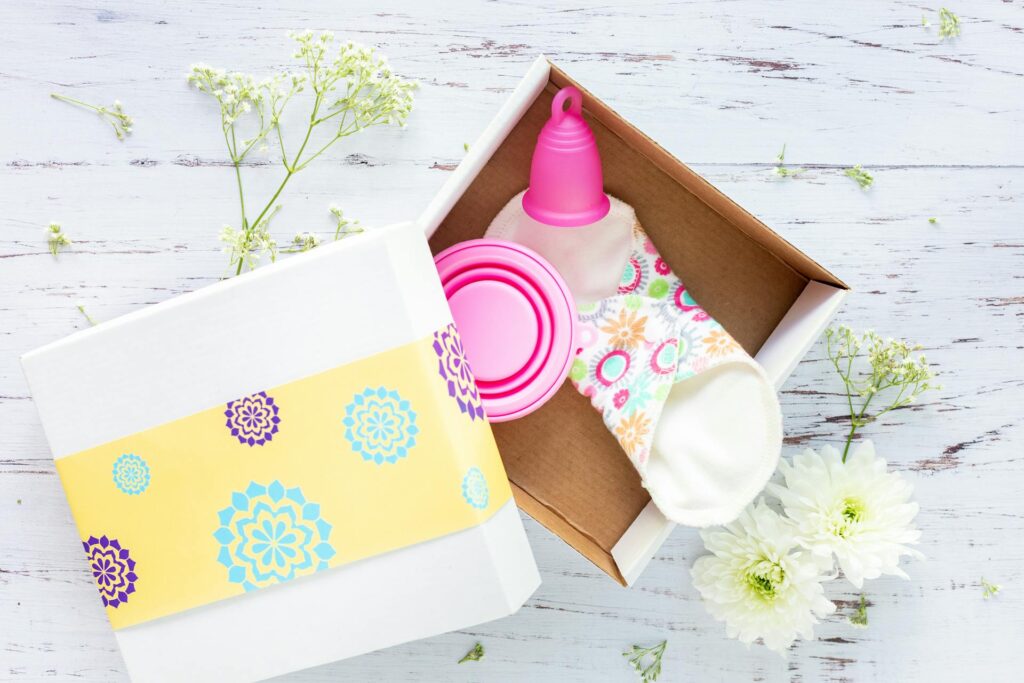When you mention “pelvic floor,” you probably think of post-baby recoveries or commercials with only middle-aged women. Here’s a secret nobody in the wellness world will share with you: pelvic floor well-being matters to everyone, both male and female, old or young, pregnant or not.
Your pelvic floor is working 24/7, keeping your core stable, your sex life, and overall way of living in check. And yet many of us are far less aware of these muscles than we are of our abs or biceps.
What Exactly Is Your Pelvic Floor
Imagine your pelvic floor as a sack made of muscles that runs between your pubic bone and tailbone, holding up your bladder, bowel, and reproductive organs. These muscles work around the clock, contracting when you cough, relaxing when you urinate or have a bowel movement, and synchronizing with your core when you move.
For those born male, pelvic floor health affects prostate function, erectile health, and core stability. For those born female, these muscles affect menstrual health, sexual satisfaction, and organ support. But regardless of anatomy, everyone benefits from functional, healthy pelvic floor muscles.
The Hidden Impact on Your Entire Body
Malfunctioning of the pelvic floor not only produces bathroom issues, but it also deranges your entire kinetic chain. When those deep stabilizer muscles are weakened, your body compensates by overusing other muscles, and what ends up hurting is your back, your hips, and your posture is bad.
I’ve had acquaintances who had chronic lower back pain and fought for years, from using massage therapy to strengthening, until they finally got relief after they had corrected their pelvic floor dysfunction. These muscles are part of your core system and work together with your diaphragm and deep abdominal muscles.
Athletes particularly have much to benefit from knowing about the pelvic floor. Weightlifting, running, or competing in sport, these muscles provide the stability on which you are able to produce forceful, controlled motion while protecting your spine and organs.
Read More: The Link Between Oral Health and Chronic Disease: What Your Mouth Reveals
Sexual Health for All Bodies
This is where pelvic floor health gets really cool stuff: these muscles play an important role in sexual functioning and pleasure for all people, men and women. Well-strengthened and well-coordinated pelvic floor muscles can increase sensation, enhance orgasm, and help erectile function.
Strength, however, is not the only requirement—there’s also flexibility and coordination. Very tight pelvic floor muscles can hurt while having sex, cause difficulty penetrating, or reduce sensation. The perfect is evenly balanced, cooperative muscles that can both contract and relax fully.
The majority of people who are experiencing sexual health problems agonize about something other than the very muscles that so directly impact their experience. Addressing pelvic floor health most often brings about surprising improvements in this area.
Read More: Sleep Hygiene in the Digital Age: 7 Simple Tweaks That Actually Work
At-Home Simple Exercises
The classic Kegel is a good starting point, but successful pelvic floor training is more than simple contractions. Here’s how you can begin:
- Fundamental Pelvic Floor Breathing: Lie down and breathe deeply. On the inhale, allow your pelvic floor to relax and open softly. On the exhale, lift these muscles gently without clenching your glutes or holding your breath. This teaches coordination before you add strength work.
- Functional Integration: Practice engaging your pelvic floor during daily activities. Gently activate these muscles before lifting something heavy, during core exercises, or when transitioning from sitting to standing.
- 360-Degree Breathing: Place your hands on your ribs and breathe into your hands, feeling your ribcage expand in all directions. This helps coordinate your diaphragm and pelvic floor, improving overall core function.
When to Seek Professional Help
Although simple exercises are usually safe, ongoing pain, leaking, pressure, or sexual dysfunction should be evaluated by a professional. Physical therapists trained in the pelvic floor can determine if your muscles are too tight, too weak, or not well coordinated.
Most problems individuals blame on getting older or “normal” effects of giving birth are actually correctable with the right instruction. Don’t take dysfunction for granted; your pelvic floor fitness should be given the same care as any other part of your fitness.
Breaking the Stigma
It is time we normalize pelvic floor health as a subject of discussion as much as cardiovascular fitness or flexibility. These muscles have an influence on your day-to-day comfort, sports performance, and sex life, yet we barely give them the attention they deserve.
At 25 or 65, active or inactive, these core muscles deserve your concern and attention. Your future self will appreciate the investment.
Read More: How to Create a Daily Ritual That Grounds You (Without Overwhelming You)



